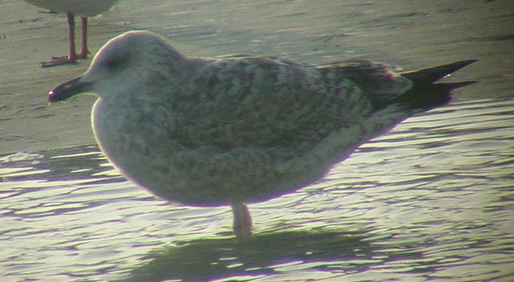 Yellow-legged
Gull- Geelpootmeeuw (L. michahellis): 2cy January
Yellow-legged
Gull- Geelpootmeeuw (L. michahellis): 2cy January
(last update: 08 december 2003)
YLG
1cy May
YLG
1cy June
YLG
1cy July
YLG 1cy August
YLG 1cy September
YLG 1cy October
YLG 1cy November
YLG 1cy December
YLG
2cy January
YLG 2cy February
YLG 2cy March
YLG 2cy April
YLG 2cy May
YLG 2cy June
YLG 2cy July
YLG 2cy August
YLG 2cy September
YLG 2cy October
YLG 2cy November
YLG 2cy December
YLG
3cy January
YLG 3cy February
YLG 3cy March
YLG 3cy April
YLG 3cy May
YLG 3cy June
YLG 3cy July
YLG 3cy August
YLG 3cy September
YLG 3cy October
YLG 3cy November
YLG 3cy December
YLG
sub-ad Jan.
YLG sub-ad Feb.
YLG sub-ad March
YLG sub-ad April
YLG sub-ad May
YLG sub-ad June
YLG sub-ad July
YLG sub-ad Aug.
YLG sub-ad Sept.
YLG sub-ad Oct.
YLG sub-ad Nov.
YLG sub-ad Dec.
YLG
adult January
YLG adult February
YLG adult March
YLG adult April
YLG adult May
YLG adult June
YLG adult July
YLG adult August
YLG adult September
YLG adult October
YLG adult November
YLG adult December
A 2cy michahellis with many
moulted wing-coverts and tertials. Tertials #1-4 are second generation
feathers with a broad white fringe on the last moulted central tertials.
Greater coverts #1-4 are second generation as well, #5 is still juvenile,
#6-7 are fresh second generation and show a greyish base. The outer
greater coverts are still juvenile. Median coverts #1-3 are old second
generation coverts, #4 is fresher, #5-8 are old second generation, #9-10
are newer, #11 is still juvenile, #12 is a fresh second generation feather
and #13-14 are juvenile. The lower lesser coverts #1-5 are second
generation, #6 is juvenile, #7-10 are second generation and the outer
lower lessers are juvenile. Already about 80% of the lesser coverts has
been replaced for second generation feathers. All feathers are present;
there is no active moult in progress in the wing-coverts and tertials.
One lower scapular is missing, the other feathers in the lowest scapulars
are fresh with a grey base on the last replaced second generation
feathers. Two upper scapulars are missing and one feathers is growing;
again there is active moult in this feather tract. Already, one lower
upper scapular is a fully grown grey- based third generation feather.
The head shows a dark patch around the eye and a boldly streaked
neck-collar. The bill is all dark.
